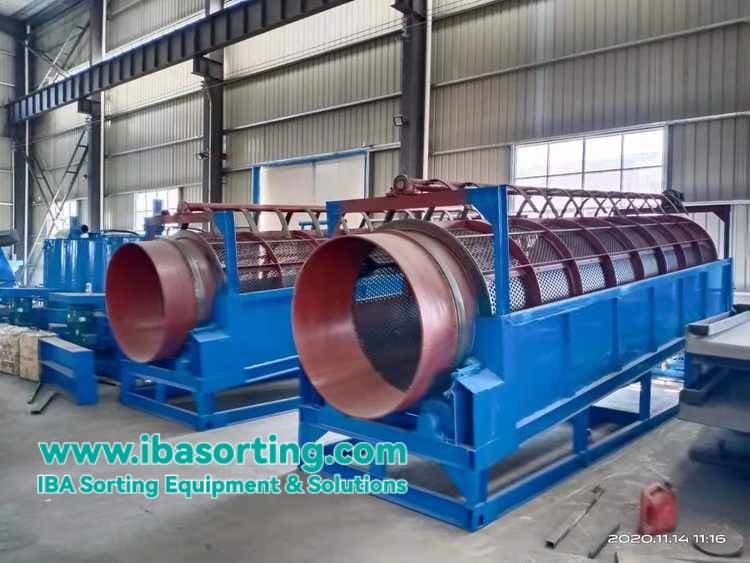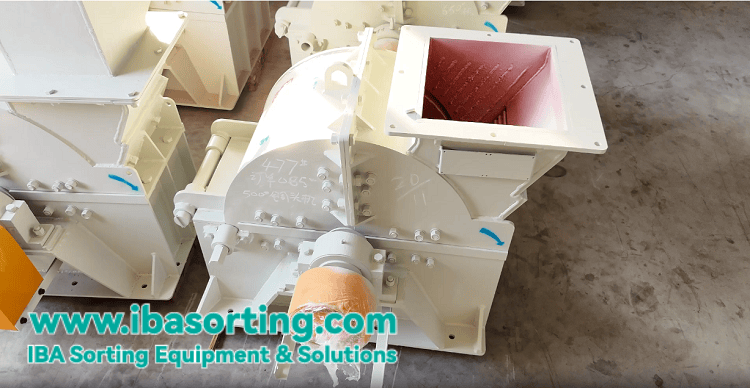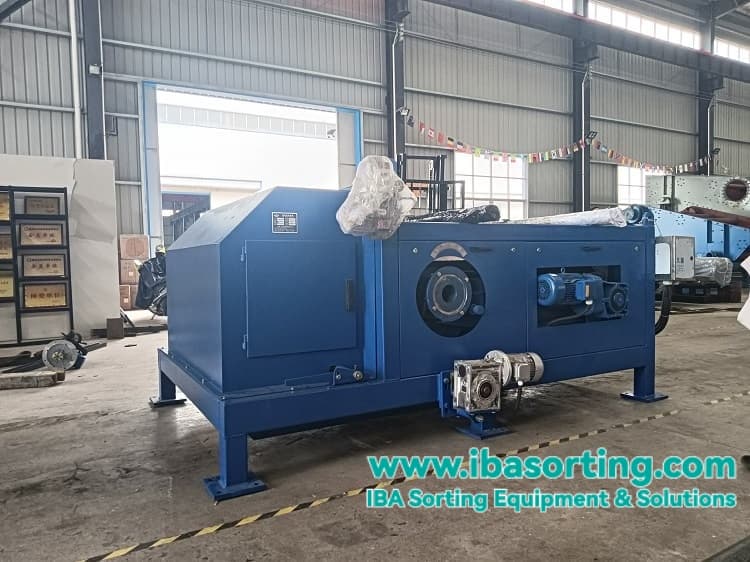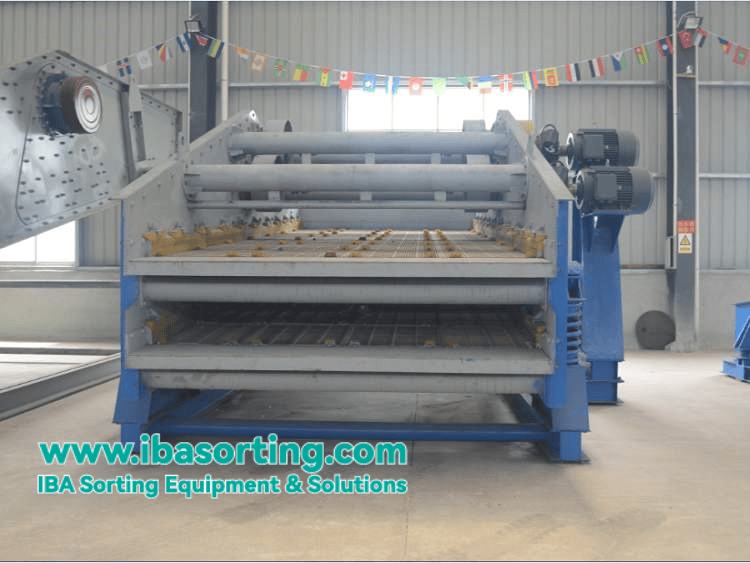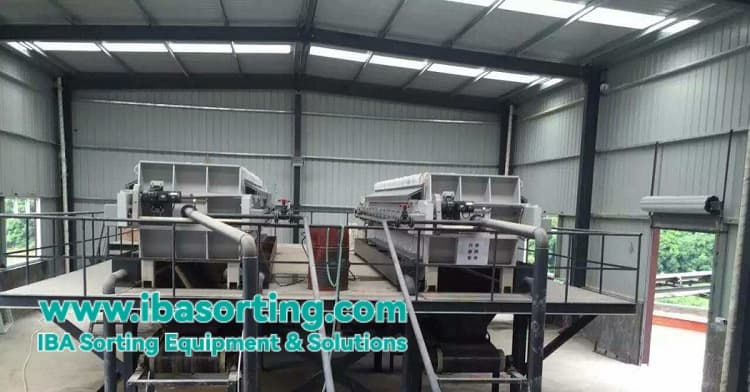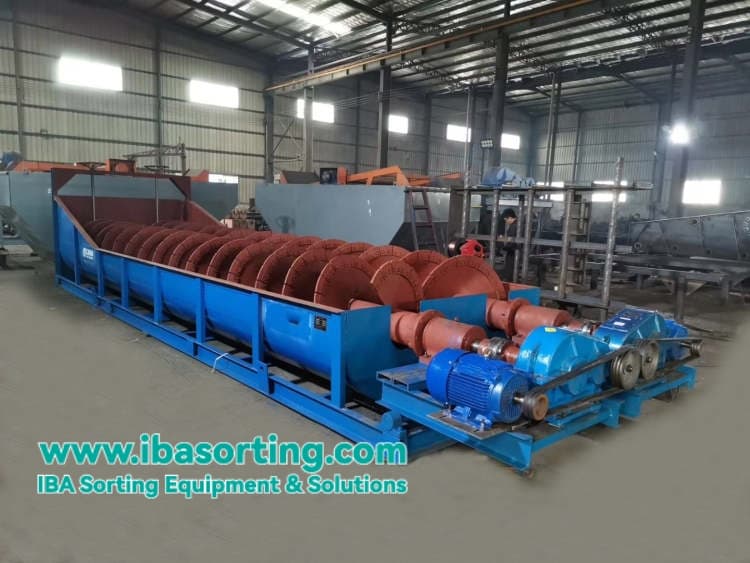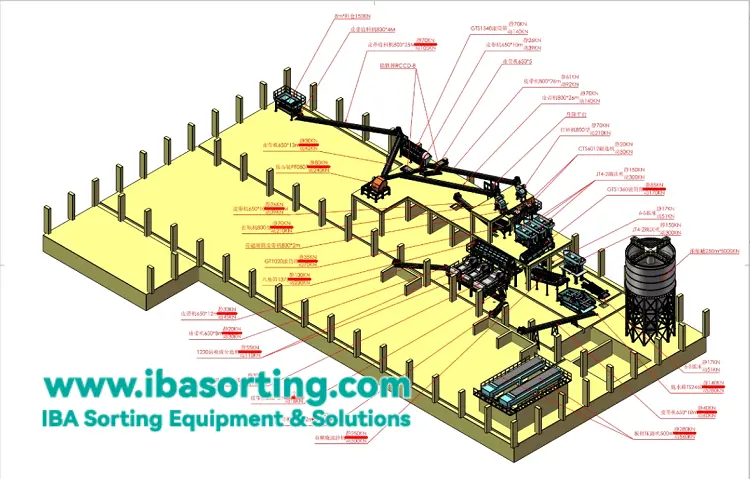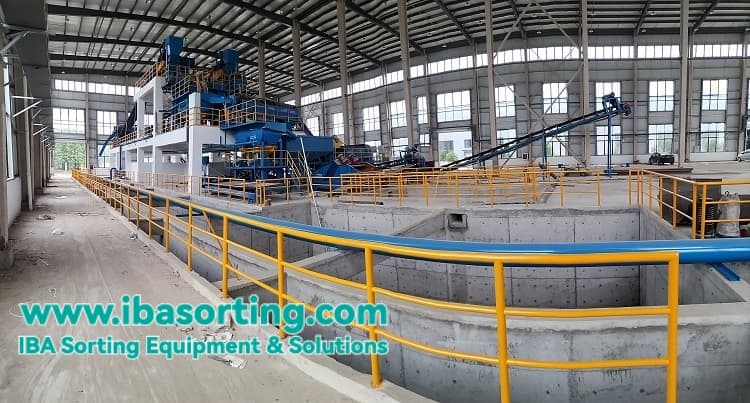How to establish an efficient incineration bottom ash sorting production line
How to build an efficientincineration bottom ashsorting line: a complete guide from planning to operation
The core of establishing an efficient production line lies in the following: "Suitable process is the soul, reliable equipment is the sinews, and professional operation is the blood".
Phase I: Preliminary preparation and scientific planning (the cornerstone of success)
1. Raw material characterization - know your enemy and know yourself
This is the basis of all design. Your slag must be analyzed in detail:
-
Physical properties: particle size distribution, humidity, viscosity, bulk density.
-
Chemical composition: Define the approximate content of iron, copper, aluminum, stainless steel, precious metals. This is the key to predicting economic efficiency.
-
Metal dissociation degree: to understand the combination status of metal and slag, and decide the crushing process.
2. Clarify the target and position - Tailor the size
-
Processing size: Determine the daily/hourly processing capacity (e.g. 20 tons/hour or 1000 tons/day).
-
Product solution: whether to focus on recycling mainstream metals (Option A: metal recycling type), or pursue deep processing of tailings to achieve full quantitative utilization (Option B: comprehensive utilization type)?
-
Investment and Return Expectation: Clear financial objectives will directly affect equipment selection and automation degree.
3. Site planning and environmental compliance
-
Site Layout: Scientific planning of equipment layout, logistics flow, maintenance space and finished product yard to ensure smooth logistics and safe operation.
-
Environmental Protection Approval: Understand in advance the local environmental protection requirements for noise, water circulation, dust, etc., and ensure that all regulations are met at the program design stage.
Phase II: Core process design and equipment selection (to create "efficient" hard core)
1. Process design - blueprinting
Based on the raw material analysis and project objectives, the optimal process route is designed. A classic and efficient process is as follows:Uniform feeding → Screening and debris removal → Crushing and dissociation → Magnetic separation (to recover iron) → Eddy-current separation (to recover copper and aluminum) → Gravity separation (to recover stainless steel and precious metals) → Dewatering and press filtration → Finished products are exported.
2. Equipment Selection and Configuration - Strengthening Bones and Tendons
-
Instead of pursuing the most expensive single machine, we pursue the optimal system: to ensure the matching of processing capacity among equipments and avoid bottlenecks.
-
Key equipment performance is prioritized:
-
Crusher: Uniform particle size of discharged material is the prerequisite for high sorting rate.
-
Magnetic separator: high strength permanent magnets must be used to ensure iron recovery rate.
-
Eddy current sorter: its sorting efficiency and precision directly determine the revenue of non-ferrous metals.
-
Filter press: it is the key to realize environmental protection closed-loop and tailing resourceization.
-
-
Automation and Intelligent Control: Adopting PLC central control system can significantly reduce labor, stabilize process parameters and improve overall efficiency.
→ Our Advantage: As a turnkey contractor with independent R&D and manufacturing capabilities, we can ensure the performance matching and system synergy of all core equipment (crushing, screening, magnetic separation, eddy current, gravity sorting, dewatering) to safeguard the efficiency from the root.
Phase III: Professional implementation and system integration (from blueprint to reality)
1. Select EPC turnkey mode - professional things to professional people
Cooperating with a general contractor with design, procurement and construction capabilities can avoid the trouble of multi-party coordination, clarify the main body of responsibility, ensure that the project is completed on time and with quality within budget, and ultimately obtain a plug-and-play, optimized and integrated incineration bottom ash treatment production line.
2. Strict installation and commissioning
-
Standardized installation: The experienced engineer team will guide the installation to ensure a solid foundation and accurate alignment.
-
System commissioning and optimization: This is a key step in "twisting" the individual equipment into a rope. We will carry out:
-
No-load debugging: check the running status of the equipment.
-
Load commissioning: run with material, gradually optimize the operating parameters of each device (such as feed volume, frequency, water flow, etc.).
-
Performance assessment: ensure that the production line reaches the contracted treatment capacity.
-
The fourth stage: scientific operation and continuous optimization (to ensure "long-term high efficiency")
1. Professional training and standardized operation
Provide systematic training to your operation and maintenance team to ensure that they are familiar with the process, master the key points of equipment operation and daily maintenance skills.
2. Preventive maintenance system
Establish a regular inspection, maintenance and wear parts replacement program to prevent problems before they occur and significantly reduce the risk of unplanned downtime.
3. Data management and continuous improvement
Record daily data such as processing volume, metal recovery volume, energy consumption, and consumable parts consumption. Through data analysis, potential problems can be identified and continuously micro-optimized, thus continuously improving the efficiency of the production line.
Success factors for an efficient production line
To build an efficient incineration bottom ash sorting line, keep the following four points in mind:
-
Begin with scientific analysis: Refuse to make decisions based on "head scratching" and use experimental data on raw materials to guide the process design.
-
Become in the system optimization: choose the supplier who can provide synergistic matching of the whole line program, rather than a single machine patchwork.
-
Stable in professional integration: rely on professional EPC team for integration and commissioning to ensure the quality of project landing.
-
Long in fine operation: establish scientific operation and maintenance system to realize long-term stable and efficient operation.
We are committed to becoming your all-round partner, not only to provide equipment, but also to provide a full range of services from project planning, process design, equipment manufacturing, installation and commissioning to operational support, to ensure that your investment in incineration bottom ash treatment production line from the first day on the track of high efficiency and profitability.
If you are planning to set up an incineration bottom ash sorting line, please feel free to contact us.
